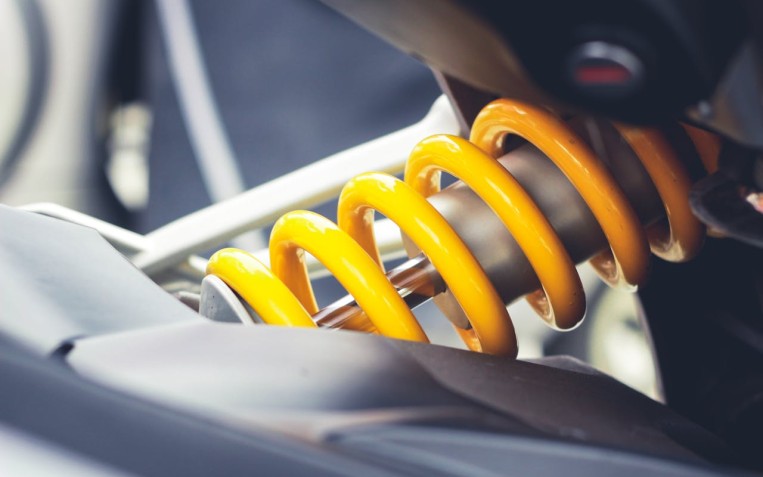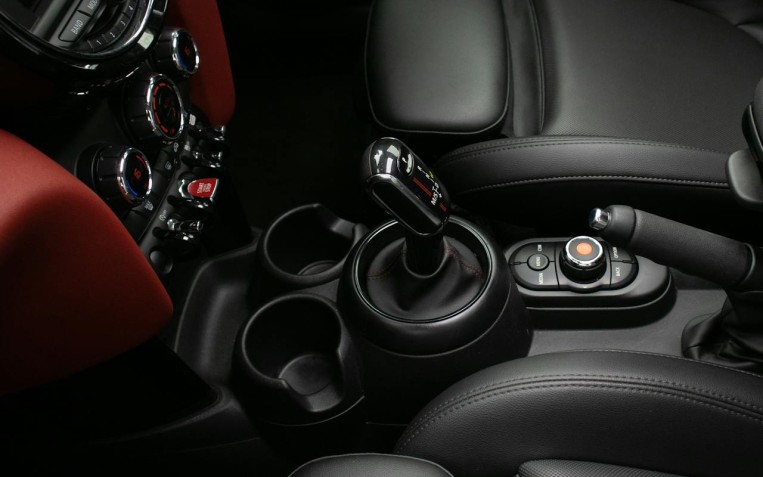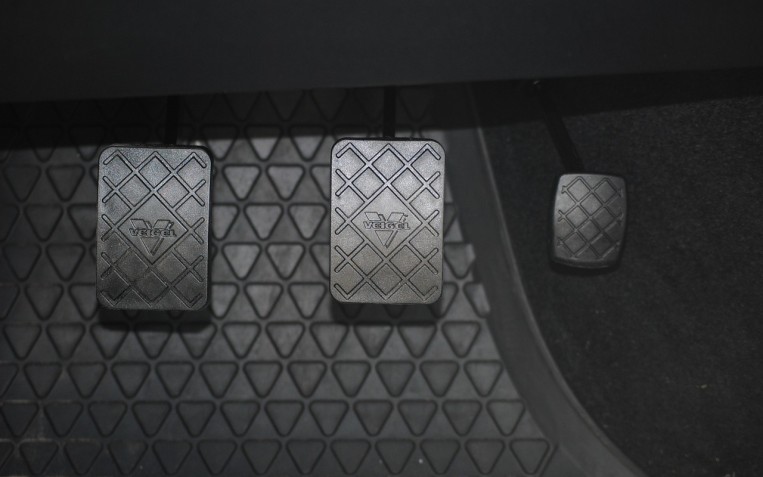Brake rotors: What are they and how do they work?

Having a reliable braking system is essential for any vehicle. The components work to ensure your car or van stops or slows down. Brake rotors form a crucial part of your vehicle’s. Rotors are often referred to as brake discs. However, brake discs refer to the whole braking system, not the metal disc or rotor. Our article looks at what brake rotors are and how they work.
What is a brake rotor?
Brake rotors are metal discs connected to your vehicle’s tyres. The rotors are installed on all four wheels. When you are driving, the rotors spin in conjunction with the wheels. However, when you press the brake pedal, the brake pads push against the rotors, thus creating friction that slows and stops your car.
Why are brake rotors important?
The brake rotors work with other parts of your braking system to slow and stop your car. If the brake rotors are damaged it will take longer to decelerate. Other signs may include a high-pitched squealing noise or banging noise and the steering wheel may vibrate when braking. Most rotors are made from cast iron, but other materials, such as carbon-ceramic composites and stainless steel may also be used.
How do brake rotors work?
The rotors on your braking system work when pressing the brake pedal. Once you apply pressure to the brake pedal, the brake pads compress against the rotors converting kinetic energy to heat because of friction. The rotors can have gaps or ribs, which allow heat to escape efficiently while you activate the brakes. They can be differentiated by the type of ribs used within the design of the rotor.
Brake rotor types: Explained
Since brake rotors come in different types, you must select the rotors tailored to your vehicle. Here are the four most common rotor types:
- Drilled – Drilled rotors typically have holes drilled in a spiral pattern across the surface of the rotors. The holes dissipate the heat generated by the rotors while allowing water and dust to disperse without damaging the braking system.
- Blank and Smooth - Blank and smooth brake rotors are found on hatchbacks, superminis, estates and saloons. They are the most affordable rotor type available.
- Slotted – Commonly found on sport-utility vehicles and heavy goods vehicles, slotted rotors have slots around the exterior rotor surface, instead of holes. The slots allow the rotors to cool and dissipate heat while reducing debris collection.
- Drilled and Slotted – Rotors with drilled holes and slots in spiral patterns are commonly found on high-performance vehicles. Sports cars use these brake rotors for excellent braking and power.
When should you replace your brake rotors?
As a rule of thumb, you should replace your brake rotors between 50,000 and 70,000 miles. If you book a full service with us, we can check your vehicle’s braking system, which includes the rotors and pads. We can assess your vehicle's rotors and pads for wear and tear and replace them when required.
Have you noticed your brakes are not slowing or stopping your vehicle as they should? Book a free brake check at your local PTA garage and contact our team today.
Related Content

Should I have soft or stiff suspension springs for my vehicle?
Suspension springs are essential for maintaining your vehicle’s stability and ride height. Over time, the springs will succumb to wear and tear, which affects how your car handles, brakes and accelerates on the road. Discover whether you should...

What is engine braking?
Engine braking involves taking your foot off the accelerator pedal, allowing your car to slow down. Over time, the parts on your vehicle’s braki...

A guide to the different types of car clutches
The clutch is responsible for channelling the power from the engine, through to the gearbox, and the wheels. Your vehicle's clutch will differ dependi...

